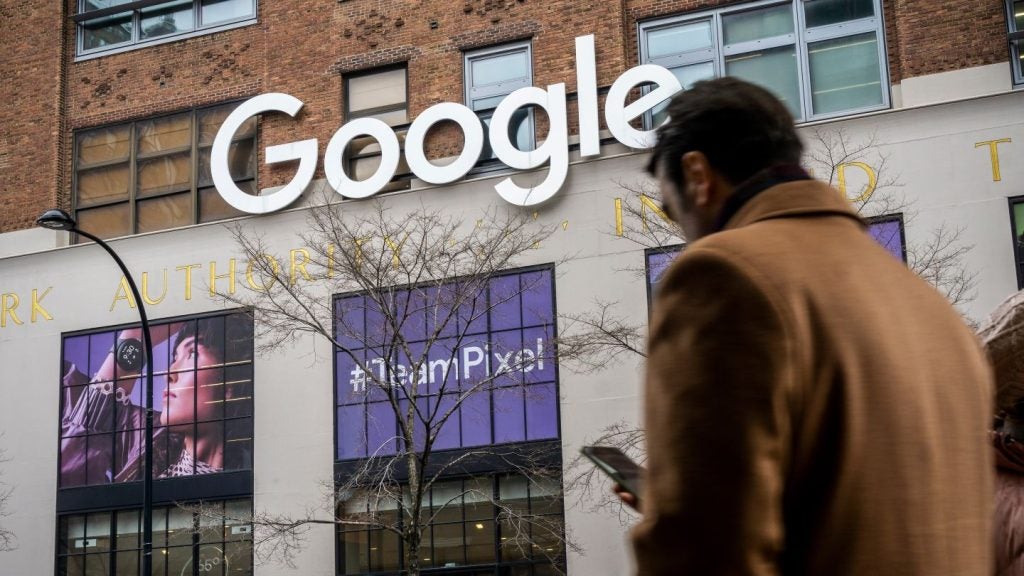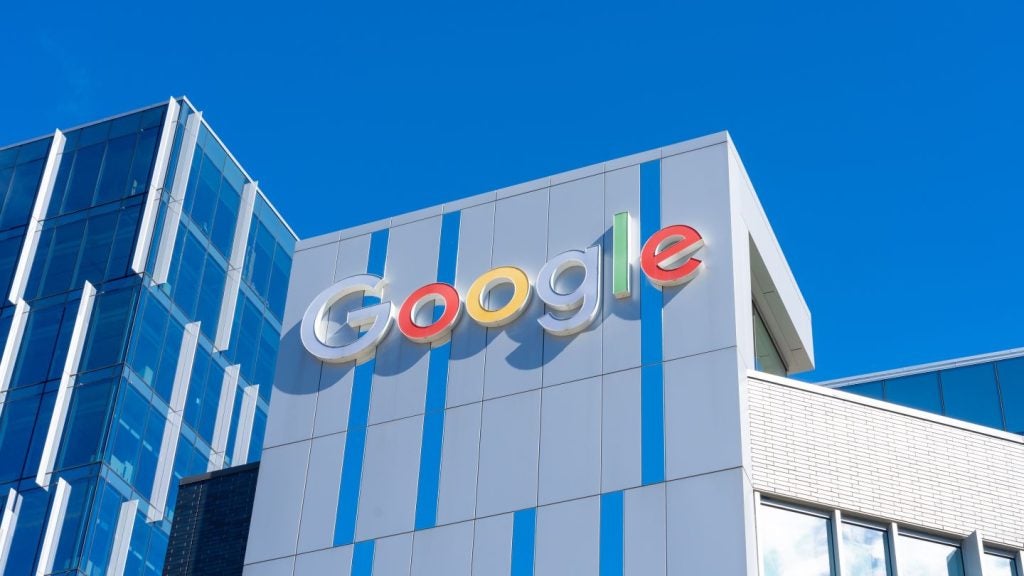
The streaming wars — a struggle spanning almost two decades, where new combatants enter the fray on a seemingly daily basis.
The fierce competition between content providers is hardly surprising. The streaming industry is currently valued at $544bn. And as platforms continue monetising each subscriber as effectively as possible — through password sharing crackdowns and price hikes — projections suggest that the market’s value could soar to $1.9tn by 2030.
In addition, the universal appeal of streaming makes it an even more valuable industry. Bango’s 2024 report, Subscription Wars: Super Bundling Awakens surveyed 5,000 US consumers on their subscription habits and found that over three-quarters of consumers (76%) currently pay for at least one video streaming platform.
All of this illustrates that the potential rewards are very enticing indeed. But the streaming wars must end, or the industry risks destroying itself in the process.
Price hikes backfire, subscription fatigue is real
Caught in the crossfire of the streaming wars are the consumers — the ones who are, quite literally, paying the price for the industry’s heightened competition. The recent changes in the industry, such as price hikes and ad-tiering, have certainly been effective. Content providers are making more money as a result, with over a third (35%) of subscribers now paying for a service that they previously accessed for free and 36% upgrading their subscription since an ad-supported version launched.
But these decisions come at a cost. The research reveals that over half (57%) of consumers have cancelled a subscription due to price increases, and over two-thirds (67%) cannot afford all the subscriptions they would like.
What’s more, the average American subscriber has as many as 4.5 subscriptions — and one in ten has over ten subscriptions — creating unnecessary admin and hassle. A third (32%) report that they are consistently frustrated with how they currently manage and pay their subscription bills.
All of this, coupled with the fact that more services are entering as the market continues to evolve, suggests that there is some real unrest brewing. Subscription fatigue is plaguing the industry, and content providers and consumers alike are suffering as a result.
Content providers are feeling the effects of churn, and by fighting tooth and nail to compete for users, they’re investing billions of dollars in marketing. Meanwhile, consumers are frustrated by the lack of flexibility and cancelling subscriptions accordingly.
This is not an issue that will fix itself. If content providers continue to battle for users, problems will perpetuate until consumers inevitably turn to other avenues. Our research shows that almost a third (28%) of subscribers believe that piracy is the only way to access all of the content they want in one place.
So, how can content providers find a solution and coexist with one another in harmony?
Super-bundling can end the streaming wars
Cooperation may seem counter-intuitive to content providers — but there are ways that everyone can benefit, and many have already started.
Super-bundling allows third parties such as telcos to aggregate multiple subscriptions into a single platform, often at discounted prices. This arrangement can dramatically reduce churn, since consumers save more and are less frustrated with the admin associated with managing several subscriptions.
The consumer demand for these all-in-one content hubs is overwhelming. According to our research, 73% of US subscribers want to access and manage all of their subscriptions via a single hub, and over two-thirds (69%) want to pay for multiple subscriptions through one bill.
Consumers are changing. They want flexibility and will choose the services that give them the most control over their finances and content — and right now, Super Bundling is providing that convenience and flexibility.
Content providers need to be ready to adapt to these changes and take advantage of this opportunity to prevent stalling or driving consumers away from legitimate providers.
Creating centralised hubs that prioritise subscriber preferences is not just what’s best for consumers — but also for content providers. Super-bundling unlocks new channels for distribution, accessing previously untapped, inaccessible audiences all while saving money on marketing.
Put simply, consumers and content providers both win with bundling. So, this is my plea to content providers: lay down your arms and start putting the consumer first.







